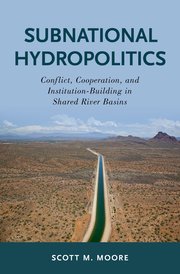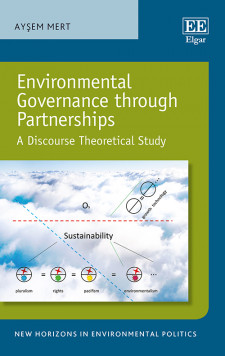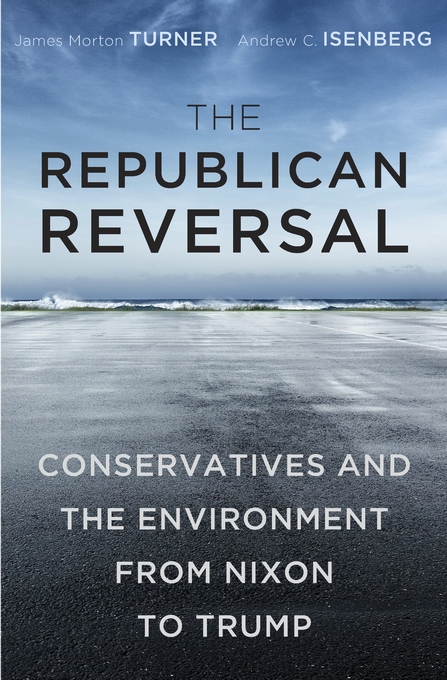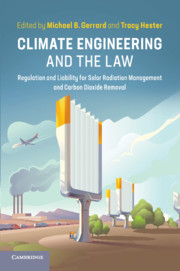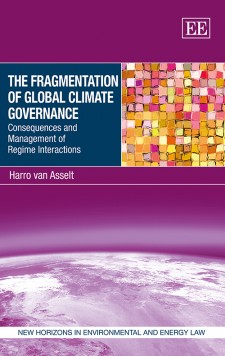Subnational Hydropolitics: Conflict, Cooperation, and Institution-Building in Shared River Basins
Reviewed by Jessica Gordon, Massachusetts Institute of Technology
How and why does water conflict and cooperation play out at the subnational scale?
Subnational Hydropolitics: Conflict, Cooperation and Institution Building in Shared River Basins, by Scott M. Moore, Oxford University Press, 2018, 270 pp.
How and why does water conflict and cooperation play out at the subnational scale? While the scholarly consensus places riparian geography (upstream vs. downstream) or scarcity as the primary drivers of water conflict, Moore’s book sets out to build a new theory for subnational hydropolitics. Drawing on comparative case studies from the United States, India, China, and France, Moore focuses on a combination of ideational and institutional factors: decentralization, sectional identity, and political opportunity structures.
Moore argues that water conflicts emerge when subnational politicians in decentralized political systems connect water issues to existing ethnic, linguistic, or geographic identities. This occurs within political opportunity structures where officials can gain political advantage from competing with shared jurisdictions over water. For promoting cooperation, Moore finds that third-party actors have the potential to play a large role as a bridge between sectional and elite politics. Through building alliances with national governments and advocating for interjurisdictional institutions, environmental organizations support collaborative, participatory and adaptive management of water resources, ultimately leading to durable cooperation that exists beyond a political tenure.
The first part of the book presents three theoretical chapters that provide the conceptual framework across the three primary factors that influence cooperation and conflict. The second part provides detailed historical comparative case studies. The U.S. cases explore the Delaware River Basin and the Colorado River Basin as examples of cooperation and conflict, respectively. In India, the Damodar Valley Corporation is presented as a case of cooperation and the Krishna River Basin as a case of conflict. These are followed by the case of the Yellow River Conservancy Commission in China and river basin agencies in France to test the theory built through the U.S. and India cases.
While much work has focused on international water conflict, Moore makes strong claims for why local water politics deserve our attention and efforts. The final chapter provides useful recommendations for policymakers including the need for national leadership and areas for further research. This book is an engaging examination of comparative water politics that will appeal to students, scholars, and practitioners.
